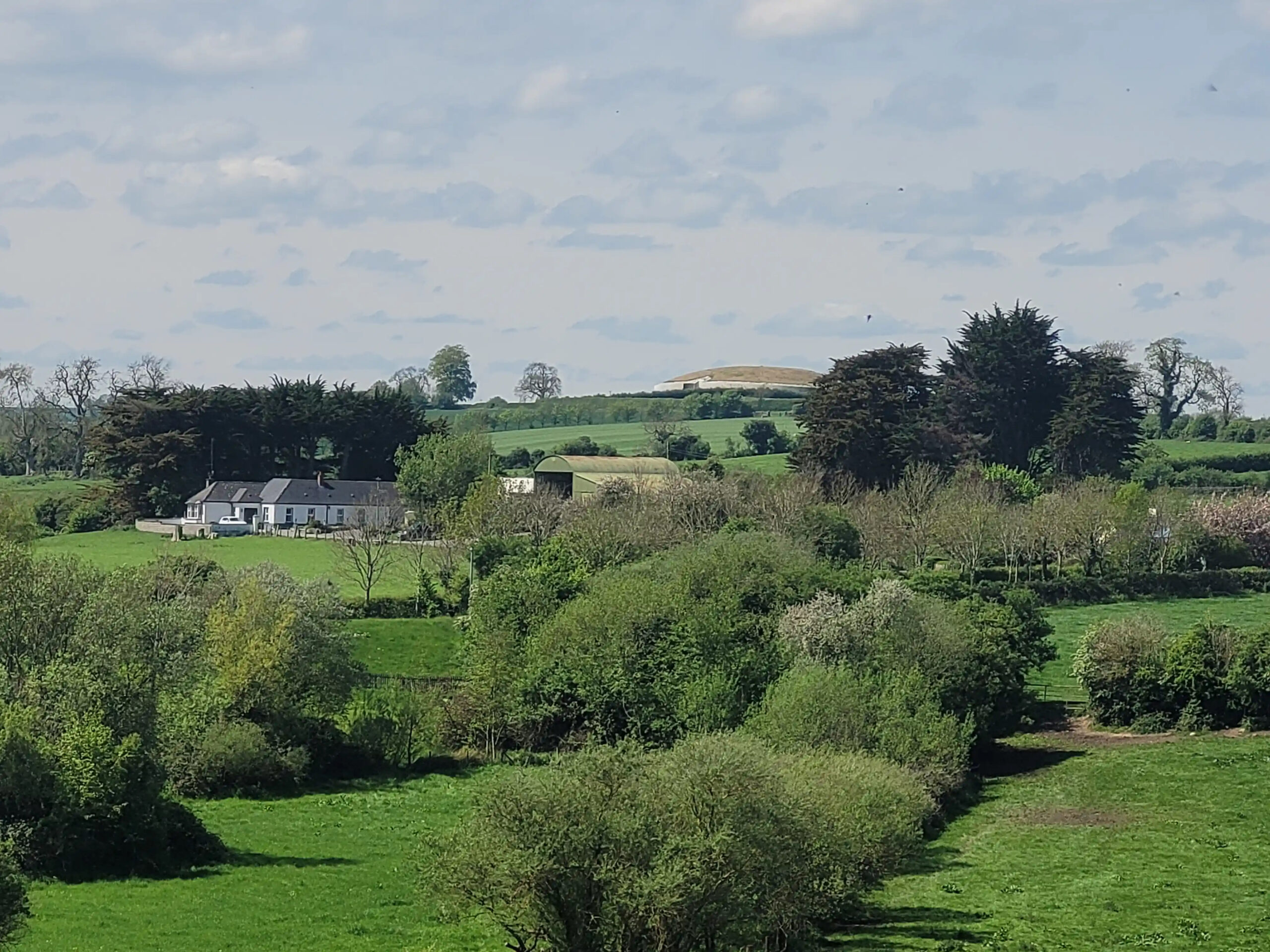
Gaeilge, Gaelic, Irish are all the same language. Its origins lie with the arrival of the Gael, a Celtic Tribe who originated in Central Europe and moved here from about 500 BC. It is a language that has brushed with extinction. However across Ireland, at least in the Irish Republic and increasingly in Northern Ireland you will see it written on signs and notices. If you have the misfortune of being arrested in the Republic you will be entitled to have your rights read in Irish.
Is Irish Widely Spoken?
However, don’t be fooled into thinking that it is widely spoken, or even understood in this country. About 1% of our population use it as their first language and many of the rest of us, in spite of it being compulsory at school, have little or no skills. The reasons for this are many and complicated. Although other languages had arrived in Ireland, Latin was the language of the church. English and French arrived with the Normans in the 12th century. It was widely spoken, especially in the west, right up to the mid 1800s. Famine and migration had a huge impact on the Gaelic speaking community and many either died or left. The ones left behind often ensured that their children spoke English in order to prepare them for seemingly inevitable emigration. It was also the time that the National schools were established. Catholic children were now entitled to an education provided by the British state. Teachers were Irish but the curriculum was not.
Why The Irish Speak English
English was the language of government, of civil service and of business. If you were going to get work in any of these fields, English was essential. And so began the demise of a language spoken here for over 2000 years. In the late 19th century, academics and poets, alarmed by the pace of its demise, established The Gaelic League in an effort to preserve the language and slow down its retreat. They were partially successful. When the Free Sate of Ireland became independent from the United Kingdom in 1922, Irish was chosen as its first language, yet most of the founders of this new state could not speak it, and nor can their grandchildren or great grandchildren.
Irish Pride
There is a saying in Irish, “tir gan teanga, tir gan chroí” meaning “land without language, land without heart” and collectively the Irish seem not to have forgotten this. Although many of us haven’t a clue what the words of our national anthem mean we will proudly bellow them out before our rugby and soccer games. We will vociferously defend words we do not understand, and now in a more confident 21st century Ireland, the language once associated with poverty and backwardness, with famine and old Ireland is undergoing a true revival. Gaelscoileanna teaching everything through the Irish language have become common in every corner. More and more, people with very limited Irish will greet each other with a Dia Dhuit instead of Hello as the Irish language becomes more and more modern. A unique thing in an increasingly globalised and homogenised world.
Stay up to date with all our tips and tricks on your next visit to Ireland and sign up to our newsletter here.



Comments are closed